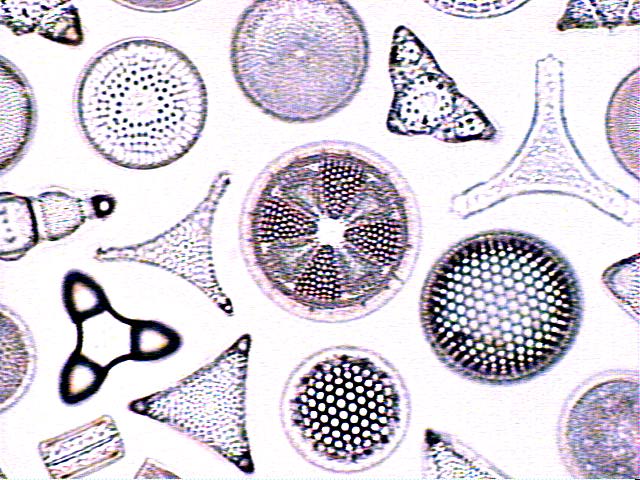 This is a beagle puppy named Ruppy, which means "Rubby Puppy". This is the world's first transgenic cloned puppy. Trandgenic means that this puppy has genes from another animal and its genetic code was deliberately modified. This puppy's uniqueness was not derived from a natural mutation. Under natural light this puppy looks normal, but when this puppy is placed under an ultraviolet light it glows in the dark.
This is a beagle puppy named Ruppy, which means "Rubby Puppy". This is the world's first transgenic cloned puppy. Trandgenic means that this puppy has genes from another animal and its genetic code was deliberately modified. This puppy's uniqueness was not derived from a natural mutation. Under natural light this puppy looks normal, but when this puppy is placed under an ultraviolet light it glows in the dark.Ruppy is one puppy in a littler of five puppies who are genetically engineered to glow a deep red color under ultraviolet lights by producing fluorescent proteins. The long lifespan and reproductive cycles of dogs make them more appealing to researchers because they are more relevant to human fertility than mice are.
 These puppies were created by a team led by Byeong-Chun Lee of Seoul National University in South Korea. There was only seven successful pregnancies from three hundred and fourty four specially cloned embryos which were implanted into twenty dogs. One fetus died half way through term and an eleven week old puppry died of pneumonia. Only five puupies survived which all have a red glow. These puppies have grown up and are now producing their own fluorescent puppies.
These puppies were created by a team led by Byeong-Chun Lee of Seoul National University in South Korea. There was only seven successful pregnancies from three hundred and fourty four specially cloned embryos which were implanted into twenty dogs. One fetus died half way through term and an eleven week old puppry died of pneumonia. Only five puupies survived which all have a red glow. These puppies have grown up and are now producing their own fluorescent puppies.The red glow came from cloned cells that were inserted with a red fluorescent gene that sea anemones produce. This fluorescent gene was transferred into each dog's egg cell. This was done by using a retrovirus. The scientists were unable to control where this virus was inserted into the genes.
Ruppy was created by Lee and his team by infecting dog fibroblast cells with a virus that inserted a fluorescent gene into the cell's nucleus. This nucleus that contained the virus was then transferred into another dog's cell after the nucleus had been removed from that cell. The researchers then left this cell to divide in a Petri dish for a few hours followed by implanting the cloned embryo into a surrogate mother.
There are some probelms with creating trangenic dogs. One issue is the negative public perceptions and responses. It is also expensive to care for laboratory-reared dogs, much more expensive than mice. There is a low efficiency of cloning, in this case about 1.7 per cent of the embryos implanted came to term. Another issue is not being able to control where in the nuclear DNA a foreign gene lands.
Researchers now have been able to preform "knockout" procedures only in mice and rats. This is a problem for researchers dealing with dogs because not being able to knockout specific genes prevents researchers from choosing what genes are deleted or engeneering dogs that produce mutant forms of a gene.
Transgenesis is a long, laborious, slow, expensive process, but researches want to use this process in dogs for medical research. They want to use dogs for models of human disease. One member of Byeong Chun Lee's team, CheMyong Ko, stated, "The next step is to generate a true disease model."

